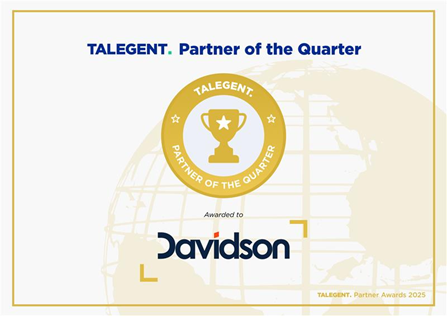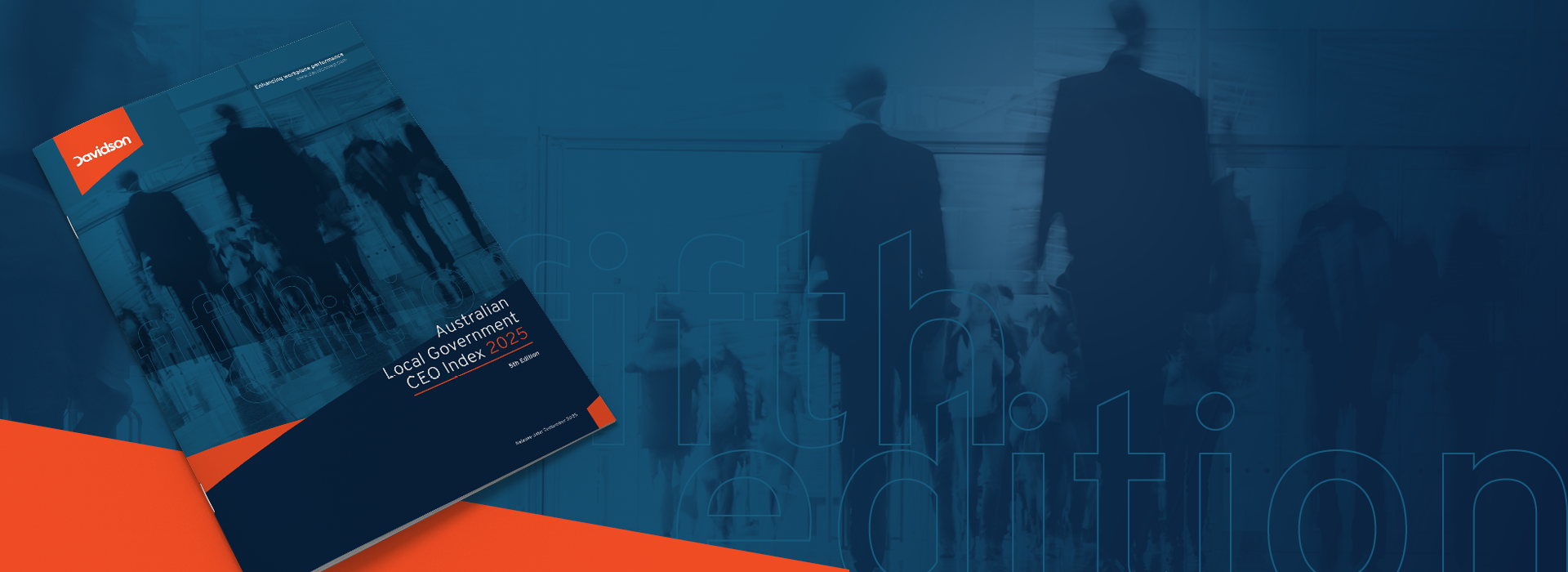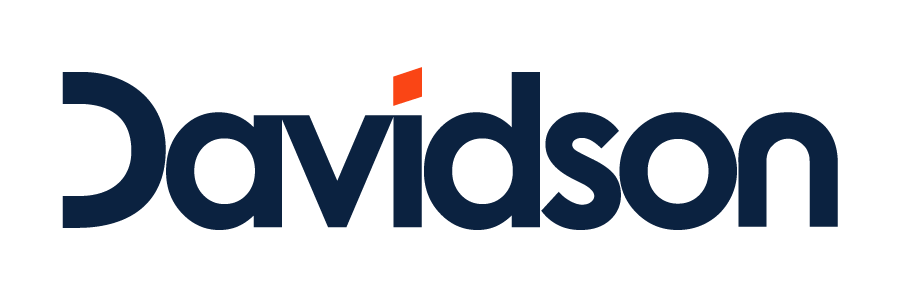One thing successful employee experience programs have in common – are you doing it?
Would you ever give a prospective employer (or even client) an incredibly boring answer to one of their questions in your interview?
That’s what I did recently when my now manager asked me what I thought was “the next big thing in HR in Australia”.
My response?
“I don’t believe organisations are ready for the next big thing... many are still so archaic in their practices”
I backed it up with the context that HR and Business leaders are still talking about having more regular performance reviews, or moving away from annual engagement surveys to something more frequent. I explained that many organisations still haven't got the basic fundamentals right to create an engaging employee experience.
Underwhelmed by my own answer, it got me thinking – why is this?
What are the barriers for businesses to do something different that can benefit the organisation?
As I started to talk to my wider network about examples of initiatives (both incredibly successful and fabulous failures) there was a common theme - most hesitation comes from the fact that businesses don’t have a clear picture of how they are going to objectively measure the ROI and impact of enhanced employee experience initiatives.
Now I am not naturally data inclined (ask anyone who knows me well), but this is where I think the answer lies - successfully understanding both operational and experience data.
Take the example of Perpetual Guardian’s successful four-day working week trial that worked so well it is now the norm in their business.
As the program came to fruition, Perpetual Guardian set a series of benchmarks and data points, in order to measure the success of the initiative. Of course, they also had a CEO and leadership team that championed the change, a strong engagement strategy, clear guidelines and a structured approach. But where I think they really nailed was in the data and measurement.
It doesn’t sound so revolutionary when you read it – but how many businesses do you know truly understand and act on their data (both their operational data, and experience data).
Whether it’s introducing a four day work week, remote working, offshore functions or AI (whatever it is to drive better performance in your business); understanding the critical success factors, can help you approach the change with confidence.
So, next time you read about some “revolutionary” HR initiatives and think that it would never work in your business, consider what’s truly holding you back from doing something different.
Or perhaps you have an idea that’s ready to take off but you haven’t got the measurement strategy down pat?
Reach out to me – I can help guide you to take a data-driven approach for a measurable impact. Who knows, maybe the next time I’m asked what the next big thing is HR – your example will be the one I use!
Talk to Davidson EX to find out how you can optimise your Employee Experience.
Alternatively, you can contact Katie Hamilton on (07) 3023 1058 or via email: katie.hamilton@davidsonwp.com
Share this content





